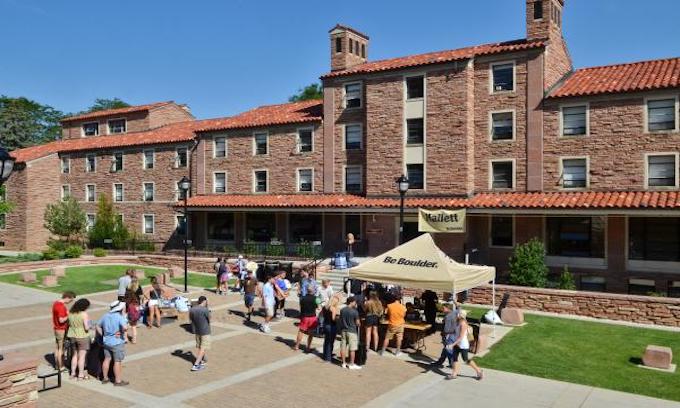In the Old South of the 1800s, we segregated humans by immutable characteristics.
Black people used separate water fountains and entrances. Local and state governments segregated schools and public transportation. Private covenants segregated housing.
After Louisiana segregated blacks from whites on trains in 1890, Homer Plessy challenged the law. Plessy had skin so light most considered him white. He self-identified as black because of his one-eighth “negro” lineage.
Plessy, offended by segregation, bought a first-class ticket and sat in a “whites-only” train car. He told the conductor his ancestors were black. Plessy was told to use the “coloreds-only” car. Police arrested him for refusal.
Plessy fought the case to the U.S. Supreme Court, which ruled against him in the 1896 decision in Plessy v. Ferguson. The court’s ruling established the “separate but equal” doctrine, which allowed segregation to continue with Jim Crow laws.
Most Americans think “separate but equal” was long ago overturned. It was not. Brown v. Board of Education, and subsequent rulings, merely weakened the practice.
Look no further than the University of Colorado-Boulder, to see a bold, unapologetic practice of separate but equal in 2017.
“CU is following the doctrine of ‘separate but equal,’ which flows from the infamous Supreme Court Case Plessy v. Ferguson,” wrote Peter Appenzeller in The Complete Colorado. “Supposedly, segregation is the best way to achieve its goal of ‘[striving] to build supportive, educational spaces that provide students with an enriched living and learning experience.’ ”
The Gazette’s editorial board addressed this unseemly dilemma in May, with an editorial titled “CU-Boulder flirts with return to segregation.”
We wrote about CU’s plan for a housing unit for black and “black-identifying” students. We argued the plan contradicted progress established by Brown v. Board of Education, the Civil Rights Act of 1964, the Fair Housing Act, and an assortment of local integration, desegregation and civil rights laws throughout the country.
CU’s bad idea became a practice this fall with transformation of Hallett Hall from a dormitory to a “Social Justice Living Environment.” The “environment” has special quarters for students who identify as black. Another section houses “LGBTQIA” — Lesbian, gay, bisexual, transgender/transsexual, questioning, intersex, and allies.
Appenzeller asserts the segregation represents a “flagrant violation” of the Colorado Constitution’s article IX section 8, which governs educational institutions. The law forbids “any distinction or classification of pupils be made on account of race or color.”
“Student housing that is available only to students of a certain race is plainly illegal in Colorado,” Appenzeller claims.
That’s what we thought, but somehow CU officials felt free to move forward with an obnoxious form of segregation Americans spent the past century trying to leave behind.
We cannot predict whether CU’s segregated dorm will withstand a legal challenge. We only know universities should help young adults embrace diversity, which has nothing in common with segregated housing.
The Gazette editorial board
___
(c)2017 The Gazette (Colorado Springs, Colo.)
Visit The Gazette (Colorado Springs, Colo.) at www.gazette.com
Distributed by Tribune Content Agency, LLC.




















Recent Comments